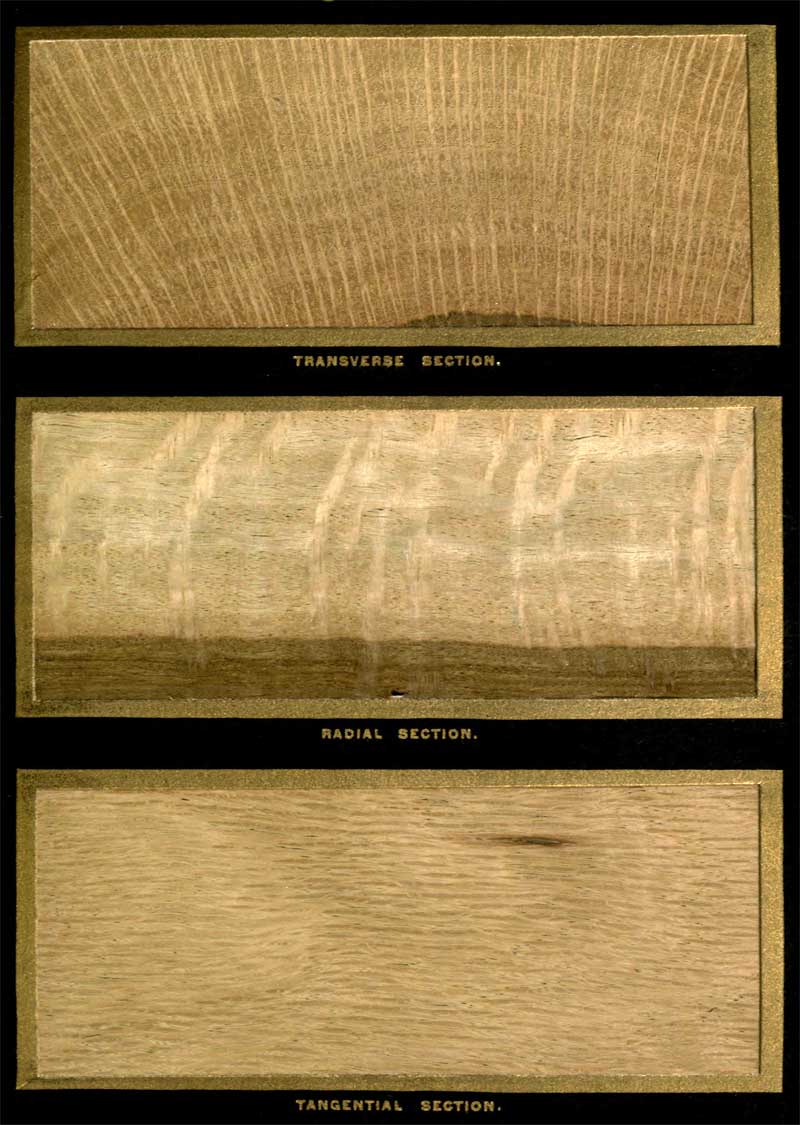Classification System: APG IV
Superregnum: Eukaryota
Regnum: Plantae
Cladus: Angiosperms
Cladus: Eudicots
Cladus: Core eudicots
Cladus: Rosids
Cladus: Eurosids I
Ordo: Fagales
Familia: Fagaceae
Genus: Quercus
Species: Quercus engelmannii
Name
Quercus engelmannii (Greene, 1889)
Distribution
Native distribution areas:
Continental: Northern America
Regional: Southwestern USA
California
Regional: Mexico
Mexico Northwest

Quercus engelmannii Wood
References: Brummitt, R.K. 2001. TDWG – World Geographical Scheme for Recording Plant Distributions, 2nd Edition
References
Primary references
Greene, E.L., 1889. Illustrations of West American Oaks 1: 32.
Additional references
Govaerts, R.H.A. & Frodin, D. 1998. World Checklist and Bibliography of Fagales (Betulaceae, Corylaceae, Fagaceae and Ticodendraceae). VIII + 408 p. The Board of Trustees of the Royal Botanic Gardens, Kew. ISBN 1-900347-46-6. Reference page.
Valencia-A., S. (2004). Diversidad del Género Quercus (Fagaceae) en México Boletin de la Sociedad Botanica de México 75: 33-53.
Links
Govaerts, R. et al. 2021. Quercus engelmannii in World Checklist of Selected Plant Families. The Board of Trustees of the Royal Botanic Gardens, Kew. Published online. Accessed: 2021 Jun 29. Reference page.
Govaerts, R. et al. 2021. Quercus engelmannii in Kew Science Plants of the World online. The Board of Trustees of the Royal Botanic Gardens, Kew. Published online. Accessed: 2021 Jun 29. Reference page.
International Plant Names Index. 2021. Quercus engelmannii. Published online. Accessed: Jun 29 2021.
Tropicos.org 2021. Quercus engelmannii. Missouri Botanical Garden. Published online. Accessed: 29 Jun 2021.
Hassler, M. 2021. Quercus engelmannii. World Plants: Synonymic Checklists of the Vascular Plants of the World In: Roskovh, Y., Abucay, L., Orrell, T., Nicolson, D., Bailly, N., Kirk, P., Bourgoin, T., DeWalt, R.E., Decock, W., De Wever, A., Nieukerken, E. van, Zarucchi, J. & Penev, L., eds. 2021. Species 2000 & ITIS Catalogue of Life. Published online. Accessed: 2021 Jun 29. Reference page.
Hassler, M. 2021. World Plants. Synonymic Checklist and Distribution of the World Flora. . Quercus engelmannii. Accessed: 29 Jun 2021.
IUCN: Quercus engelmannii Greene (Vulnerable)
Vernacular names
cup: Teveṣhily
English: Engelmann Oak or Pasadena Oak
français: chêne d’Engelmann, Chêne de Pasadena
Quercus engelmannii, the Engelmann oak or Pasadena oak, is a species of oak in the white oak section (Quercus sect. Quercus), native to southern California and northwestern Baja California, Mexico.[2][3]
Description
Quercus engelmannii is a small tree growing to 10 metres (33 feet) tall, generally evergreen, but may be drought-deciduous during the hot, dry local summers, and has a rounded or elliptical canopy. The bark is thick, furrowed, and light gray-brown. The leaves are leathery, 3–6 centimetres (1+1⁄4–2+1⁄4 inches) long and 1–2 cm (1⁄2–3⁄4 in) broad, of a blue-green color, and may be flat or wavy, with smooth margins. The flowers are catkins; the fruit is an acorn 1.5–2.5 cm (1⁄2–1 in) long, maturing 6–8 months after pollination.[4]
The wood is dark brown and strong, but tends to warp and split upon drying, and is of low value as timber.
Distribution
The Engelmann oak ranges from the foothills of the San Gabriel Mountains in eastern Los Angeles County through the Santa Ana Mountains of Orange County and the western foothills and mesas of the Peninsular Ranges in Riverside and San Diego counties, extending into the Sierra Juárez and Sierra de San Pedro Mártir ranges of northern Baja California. It is generally found in savannas and woodlands above the dry coastal plain, but below the 1,300 m (4,300 ft) elevation where colder winters prevail. The Engelmann oak has a smaller range than most California oaks, and suburban sprawl in the San Gabriel Valley has eliminated the oaks from most of the northern part of the range. The largest remaining stands of Engelmann oaks are on the Santa Rosa Plateau, near Murrieta in Riverside County, and on Black Mountain near Ramona in San Diego County.[1]
Fossil evidence shows that Engelmann oaks once had a wider range, extending through what is now the Mojave and Sonoran deserts into eastern California and Arizona. The Engelmann oak is most closely related to the Arizona white oak (Q. arizonica) and Arizona blue oak (Q. oblongifolia), which are native to the subtropical pine-oak woodlands of Arizona and northern Mexico. The Engelmann oak is considered to be the northernmost species of subtropical oak, which was isolated from its closest relatives to the east by the drying of the southwestern deserts.
Wikimedia Commons has media related to Quercus engelmannii.
References
Beckman, E. (2017). "Quercus engelmannii". IUCN Red List of Threatened Species. 2017: e.T34020A2840625. doi:10.2305/IUCN.UK.2017-2.RLTS.T34020A2840625.en. Retrieved 19 November 2021.
"Quercus engelmannii". Calflora. Berkeley, California: The Calflora Database.
Tucker, John M. (1993). "Quercus engelmannii". In Hickman, James C. (ed.). The Jepson Manual: Higher Plants of California. University and Jepson Herbaria.
Nixon, Kevin C. (1997). "Quercus engelmannii". In Flora of North America Editorial Committee (ed.). Flora of North America North of Mexico (FNA). Vol. 3. New York and Oxford – via eFloras.org, Missouri Botanical Garden, St. Louis, MO & Harvard University Herbaria, Cambridge, MA.
Retrieved from "http://en.wikipedia.org/"
All text is available under the terms of the GNU Free Documentation License

